When considering residential financing options, the first products that come to mind, for many, are 20 or 30-year-fixed mortgages. And it’s with good reason—they’re stalwarts. However, in the current climate, another lesser-known workhorse might deserve some extra consideration: the Adjustable-Rate Mortgage.

Adjustable-rate mortgages (or ARMs) have made a comeback in popularity as interest rates continue to steadily rise and it is largely due to one of their key attributes: ARMs typically start with lower rates (more on that later). Even if you know about ARMs, there’s a chance you may still need a bit more information on how they work. To begin with, ARMs seem to come with their own lingo and shorthand. They are also still partially living with the bad rap they wrongfully received after the housing market crash of 2008—many borrowers didn’t fully understand or weren’t fully briefed on all the ins and outs of their loans, and they ended up being exposed as rates rose. (FYI, I do feel for them. As a banker, I’d never let a client sign a loan document without understanding all the details.)
But this spate of bad press shouldn’t drown out the other key attributes and potential benefits of ARMs. I playfully consider them to be the “reformed bad boys” of residential financing, and I want to use this blog to clarify how they work and explore why they can be a great tool in today’s marketplace—how in certain cases, an ARM may even be just the tool you need to buy your dream house or farm.
First off, the main advantage of ARMs is that you usually pay a lower rate than a fixed-rate mortgage during an initial introductory period, which is generally anywhere from 5-10 years. During that time, your rate is fixed, and will not change.
After that introductory period, the adjustment period commences. The rate on the ARM adjusts with the market, going up or down, indexed to the U.S. Treasury.
Traditionally, ARMs were good for people with starter homes and those who knew they wouldn’t be long in their home (i.e., they knew they’d be selling the property before the rates started adjusting). Now, ARMs can be good for everyone—if you have all the facts.
If you set it up properly, with the help of your banker, you can enjoy the benefits of the lower rate upfront for a number of years. And that doesn’t just mean a lower monthly payment. That lower rate also allows you to qualify for a larger loan in the first place—which can mean more buying power, and a bigger and better house or farm. In fact, John Stack, Malvern’s Senior Residential Lender, says that in some cases, it could mean approximately $100,000 in added buying power in today’s environment.
I recently sat down with John to tap into his expertise and discuss our most popular residential loan product at the moment. Here are some key takeaways and excerpts from our conversation that will hopefully serve you well when considering residential financing options…
HD: John, thank you for taking the time to chat with me about ARMs. They are one of Malvern’s hottest loan products with our Equestrian customers right now, but when we are having that initial conversation, it seems that ARMs may not be as widely understood as fixed-rate mortgages. I figure it might be valuable to share some useful information and get some of your unique insight.
First of all, what are adjustable-rate mortgages? Let’s break them down so the process and the terms are clear.
JS: My pleasure! There are generally three types of ARM products out in the marketplace today. There’s a 5/1, 7/1, and 10/1 ARM, and they are fixed for a period of time for each product. On paper, the first number you read on an ARM would be the initial period, the “fixed-rate period.” For example, the 5/1 ARM is fixed for five years at the start rate. At the end of five years, it would adjust. The second number you read is the “adjustment period”—the number of times the rate adjusts annually after the initial period.
Each product has what they call caps. All products we offer have Caps of 2/2/5. In other words, they can adjust a maximum of 2% the first year of adjustment, 2% each year thereafter, and a total maximum of 5%. For example, let’s say today you took a 5/1 ARM at 5.5%, and five years from now, the interest rates are 10%, your adjustment would never go to 10%–it would go 2% higher for your first adjustment, which would go to 7.5%. And then it would adjust each year after that for a maximum of 2%. The life of the loan will never exceed 5% from the initial start rate of 5.5%. Again, an example of that would be if you took a 5/1 ARM at 5.5% today, the maximum you could go up to is 10.5%, which is 5% over the start rate.
HD: The borrower is protected by the caps then, correct? But they would still need to be able and willing to make the payments up to the capped rate.
JS: Yes, you would need to be able to absorb the higher payment (up to the cap). But keep in mind, ARMs adjust off the US Treasury Bill. So depending on what the T-Bill is at, you could be at a lower rate than your starting rate.

HD: Why are ARMs particularly appealing options in today’s environment?
JS: Adjustable-rate mortgages are a great option in the current environment because interest rates have increased substantially. For example, Malvern Bank NA offers today on loan amounts up to $765,500 5.5% for a 5/1 ARM, which is very attractive. The fixed rates are currently trading around 6.75% for a 30-year-fixed. The reason they’re such an entertaining option is because you qualify at the start rate. So, the ARM products are a 5/1, 7/1, or 10/1 ARM option.
HD: Since you qualify at the initial fixed rate, that allows you to qualify for a larger loan amount.
JS: That is correct, and that’s why they are a very good option. It’s really in two ways. You would have more buying power at 5.5% on a 5/1 ARM than 6.25% for a 30-year-fixed. Secondly, because the market has increased substantially, all leading indicators are pointing out that the market is going to correct, and rates will start to come down. Therefore, people are looking at ARM products at this point because they can get in at an attractive rate. And as the market adjusts over the next two years, they’ll refinance down the road into a fixed rate.
HD: If a borrower is looking to refinance at some point if/when the rates drop are there any penalties associated with refinancing the ARMs?
JS: That’s a great question. There are no prepayment penalties in any residential mortgage in the marketplace today. Adjustable-rate mortgages do not have any type of prepayment penalty either.
HD: If interest rates are looking like they will be going down in the near future, who is an ideal candidate for an adjustable-rate mortgage today?
JS: One obvious ideal candidate is somebody who may know that they’re not going to be in that house long-term. The 5/1, 7/1, and 10/1 ARM, are lower than the 30-year-fixed. So that’s where they become attractive. So, if somebody knows they’re going to be in the house for a maximum of five years, the 5/1 ARM would be the best option.
HD: The ideal candidates used to be first-time homebuyers and the folks you just described (those who don’t see foresee themselves living in their current home for an extended period of time). But now it seems like an attractive option for all buyers.
JS: Yes, exactly. As I mentioned earlier—you get more buying power with the ARMs. You can buy more of a house at 5.5% than at 6.5%, around $100,000 in buying power, which would be attractive to just about everyone!
It may not seem like the most convenient time to buy. The current interest rates are high enough to make anyone stop and gulp before pulling the trigger on a big property purchase. But as you can see, all hope is not lost. Adjustable-rate mortgages are the workhorses that can do some of the heavy liftings when buying your next house or farm. The secret here, in my opinion, is working with your banker to be well-informed and do the requisite planning. Everyone’s scenario and “big picture” are different. Call your trusted equestrian banker, and let’s start the conversation to see if an ARM is the right fit for you and that next property purchase!
Disclosure: Rates noted, effective 2/28/2023. All rates are subject to change without notice. Fees may apply. An Adjustable-Rate Mortgage (ARM) means that your payment may change in the future. The fixed-rate period varies based on the ARM loan you select. Equal Housing Lender.













